The Origin of Resistance Bands
Have you ever wondered where resistance bands came from? These simple yet powerful fitness tools have a fascinating history. Resistance bands, also known as exercise bands, have their origins in the early 20th century. They were initially used for rehabilitation purposes. The first versions were made from surgical tubing, providing an affordable and effective way for patients to regain strength and mobility.
In the 1960s and 70s, resistance bands started to gain popularity among physical therapists and rehabilitation centers. They realized that these bands could be used not only for injury recovery but also for overall fitness training. As their benefits became more widely recognized, resistance bands evolved into the versatile fitness tools we know today. They're now available in various sizes, strengths, and materials, catering to a wide range of fitness needs.
The Best Effects of Resistance Band Training
So, what makes resistance bands so effective for workouts? First and foremost, they provide a unique form of resistance that challenges your muscles in a different way compared to traditional weights. When you use resistance bands, your muscles must work harder to stabilize and control the movement, leading to greater muscle activation and growth.
One of the greatest advantages of resistance bands is their ability to provide constant tension throughout the entire range of motion. Unlike free weights, which only offer resistance in one direction (usually against gravity), resistance bands work your muscles from different angles, ensuring a more comprehensive workout. This makes them ideal for targeting specific muscle groups and improving overall strength and flexibility.
Moreover, resistance bands are incredibly versatile. They can be used for various exercises, including strength training, stretching, and even cardiovascular workouts. Whether you're performing squats, lunges, bicep curls, or shoulder presses, resistance bands add an extra layer of challenge and intensity to your routine. Plus, they can be easily adjusted to suit your fitness level by simply increasing or decreasing the band's resistance.
Resistance Bands for Rehabilitation and All Ages
Another fantastic benefit of resistance bands is their suitability for rehabilitation and all age groups. Whether you're recovering from an injury, managing a chronic condition, or simply looking to stay active, resistance bands can be a game-changer.
For rehabilitation, resistance bands are particularly valuable because they allow for controlled and gradual progression. Unlike heavy weights, which can put excessive strain on your joints and muscles, resistance bands offer a gentler and safer way to rebuild strength and improve range of motion. Physical therapists often prescribe resistance band exercises to patients recovering from surgeries, injuries, or conditions such as arthritis.
Resistance bands are also excellent for seniors who want to maintain their strength and mobility. As we age, it's crucial to engage in regular physical activity to prevent muscle loss, improve balance, and enhance overall well-being. Resistance bands provide a low-impact yet effective way for older adults to stay active and maintain their independence. They can be used for gentle stretching, balance exercises, and strength training, making them suitable for individuals of all fitness levels.
Combining Resistance Bands with Other Workouts
One of the most exciting aspects of resistance bands is their ability to enhance other workouts. Whether you're into weightlifting, yoga, Pilates, or cardio exercises, resistance bands can take your training to the next level.
For weightlifters, resistance bands can be used to add extra resistance to traditional exercises, such as bench presses, deadlifts, and squats. By incorporating bands into your lifting routine, you can increase the intensity and challenge your muscles in new ways. This not only helps with muscle growth but also improves stability and control.
Yoga and Pilates enthusiasts can also benefit greatly from resistance bands. These bands can be used to deepen stretches, improve flexibility, and engage muscles more effectively. For example, using a resistance band during a yoga practice can intensify poses like the warrior or bridge, helping you build strength and stability. In Pilates, resistance bands can add resistance to movements like leg circles or spine stretches, making your core work harder.
Cardio workouts can also be amplified with resistance bands. Incorporating bands into exercises like jumping jacks, high knees, or lateral shuffles adds resistance, making your cardiovascular training more challenging and effective. This not only burns more calories but also engages more muscles, leading to a more efficient workout.
Conclusion
In summary, resistance bands are an incredible tool with a rich history and a multitude of benefits. From their origins in rehabilitation to their effectiveness in strength training and versatility in various workouts, resistance bands have proven to be a valuable addition to any fitness routine. They are suitable for people of all ages and fitness levels, making them accessible to everyone.
Whether you're looking to build muscle, recover from an injury, improve flexibility, or enhance your overall fitness, resistance bands can help you achieve your goals. Their portability, affordability, and ease of use make them a convenient choice for home workouts, gym sessions, or even outdoor activities.
So, if you haven't already, it's time to give resistance bands a try. Incorporate them into your routine and experience the amazing benefits they have to offer. Remember, the journey to better health and fitness is always more exciting when you have the right tools at your disposal. Happy training with VIMEXCITER resistance bands!







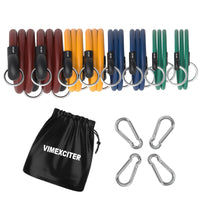
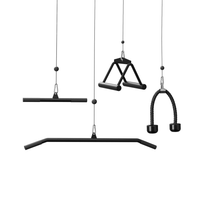


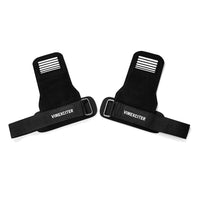
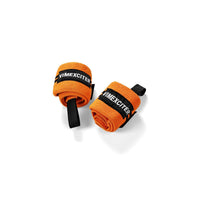
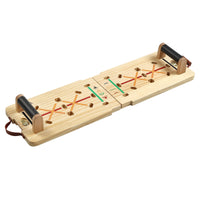
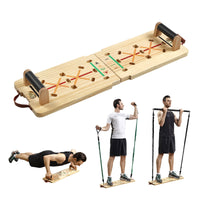
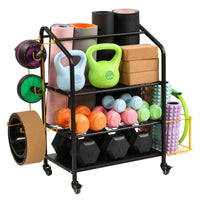
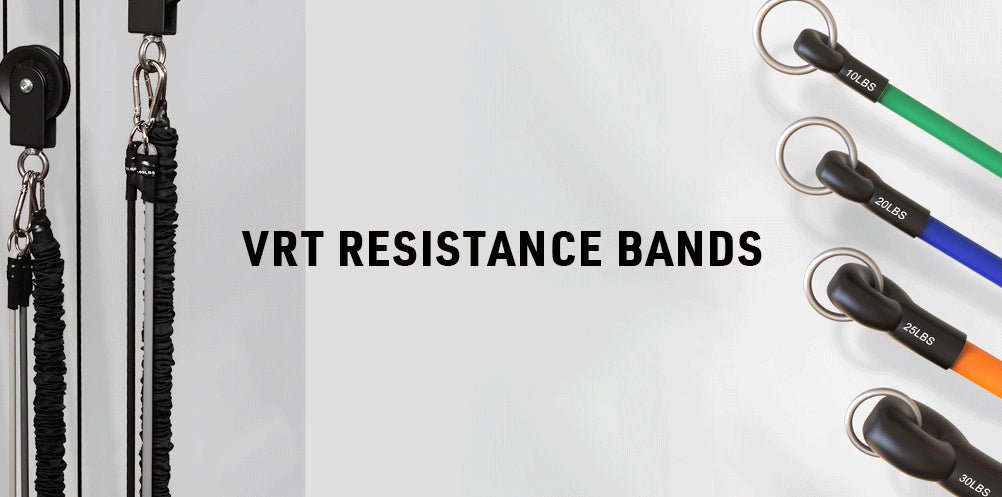


Leave a comment
All comments are moderated before being published.
This site is protected by hCaptcha and the hCaptcha Privacy Policy and Terms of Service apply.